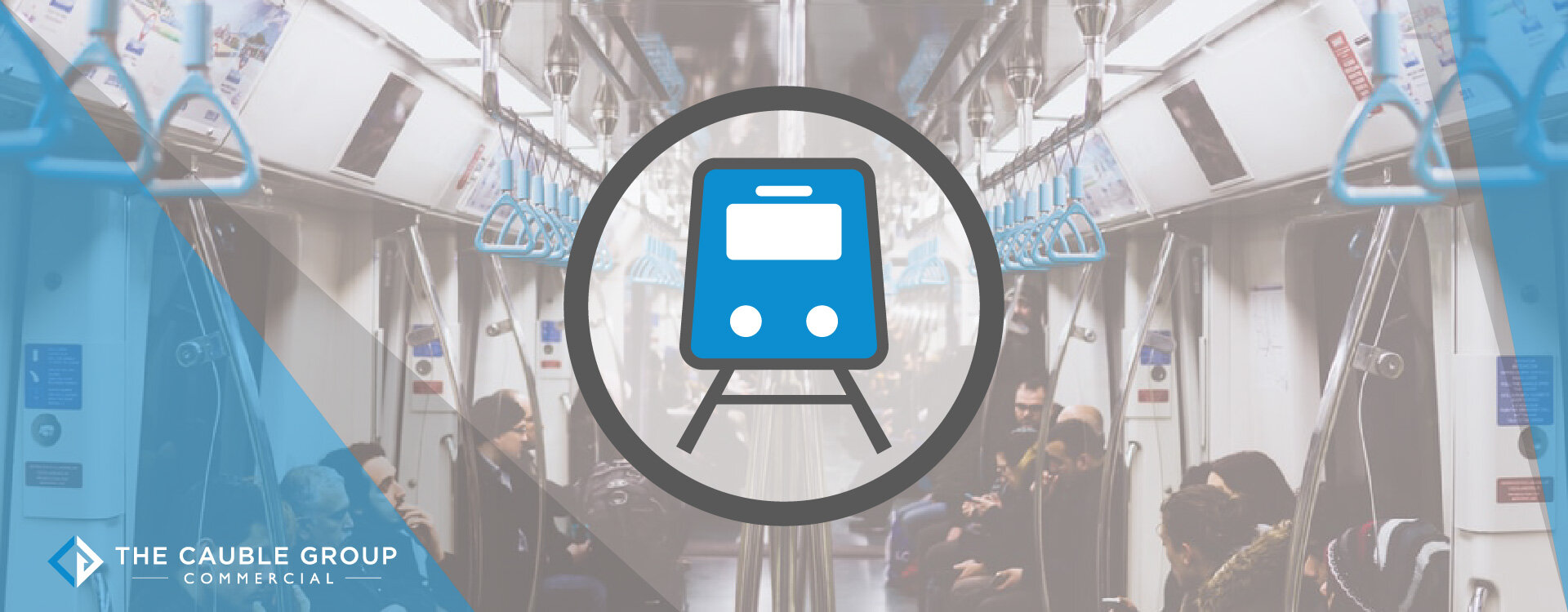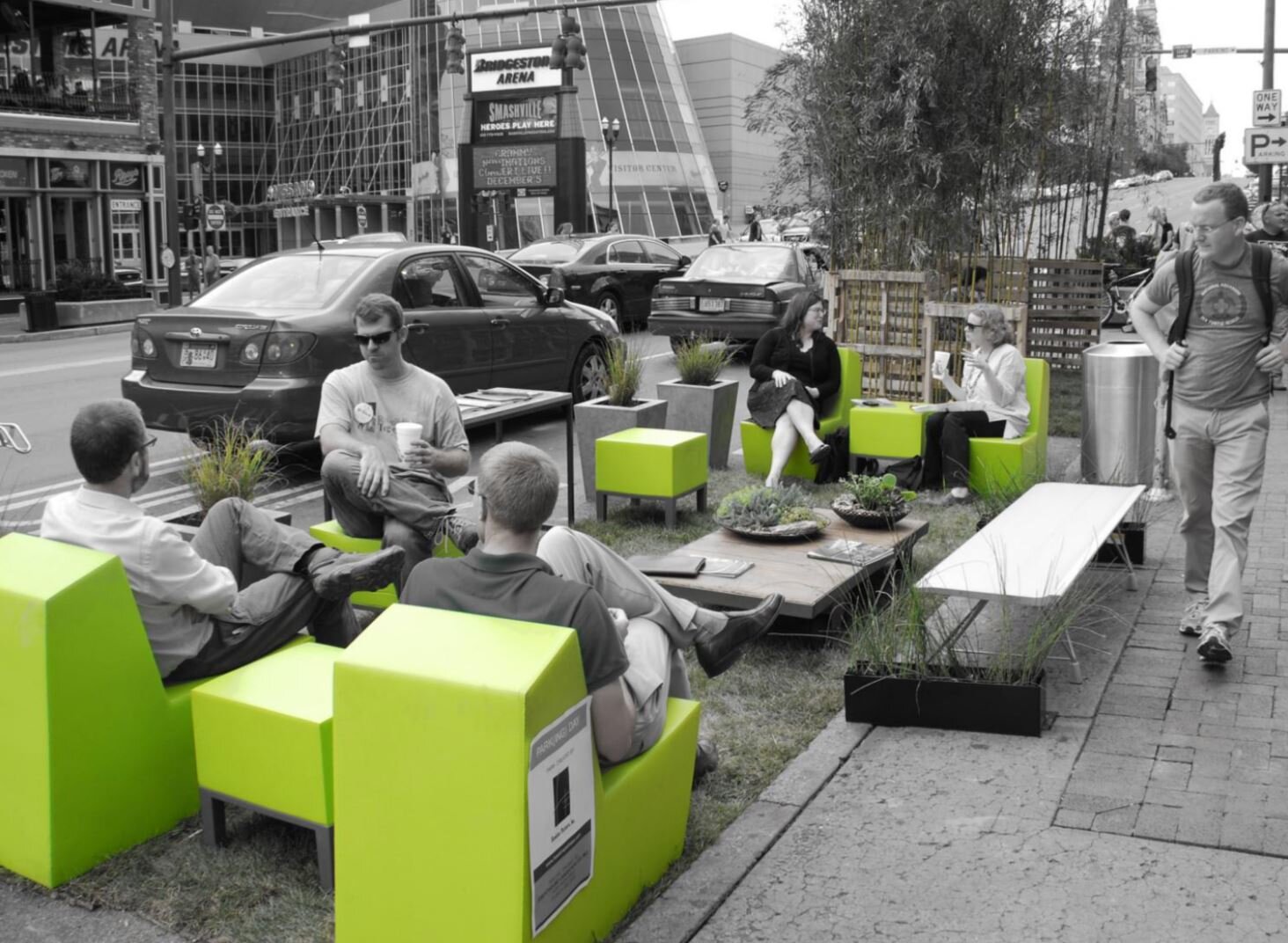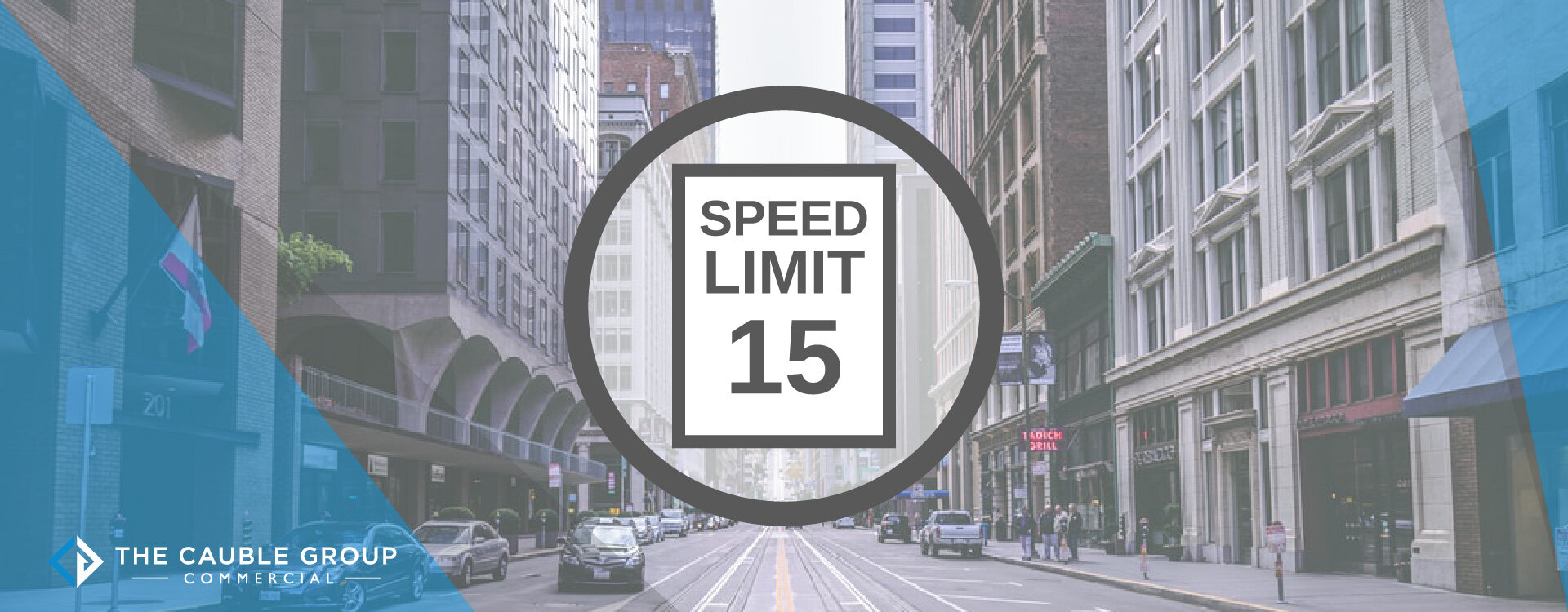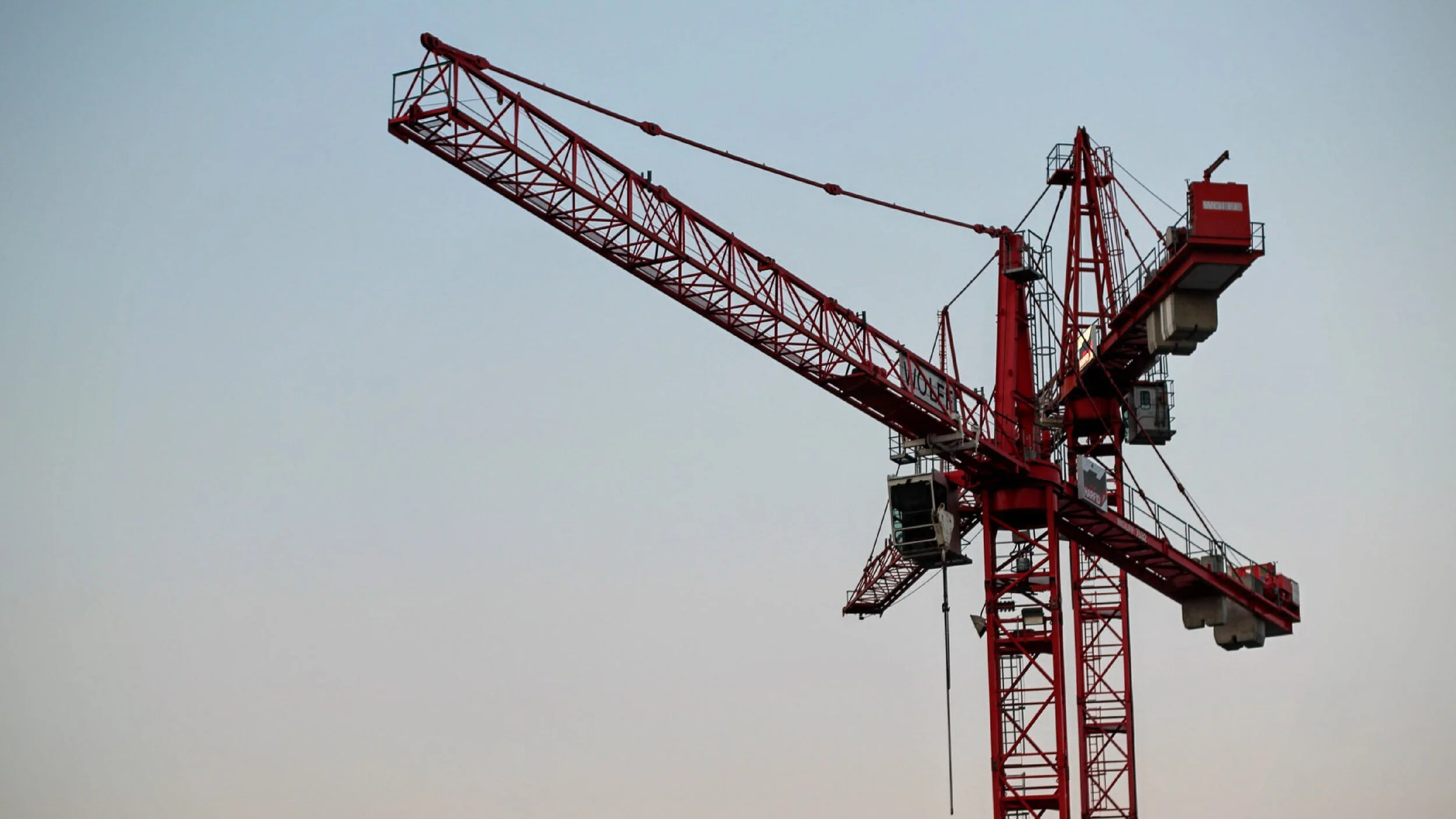How to Make Nashville More Walkable
And Why It Must Be Done
Germantown. The Gulch. Five Points. 12 South.
What do these urban neighborhoods of Nashville have in common?
Well, they’re congested and difficult to park, which certainly seems to be a common complaint for the typical Nashvillian.
But they’re also the some of the most walkable districts in Nashville and, as such, have well-above average property values compared to other urban neighborhoods.
In a city that was built around cars, these neighborhoods are proving that a lack of parking, abundance of sidewalks and bike lanes, and lower speed limits are the key to a more prosperous Nashville.
The Walkable City
Jeff Speck’s Walkable City is an eye-opening study on American cities.
And Nashville is a perfect case study on many of the wrong moves that can be made by individuals and city representatives.
According to CheetSheat.com’s Sprawling American Cities list, Nashville is one of the most sprawled cities in the country, covering approximately 475 square miles of space.
With that much sprawl comes a dependency on vehicles.
We Must Make Nashville Equitable for All
As great as Nashville is, we’re lacking in equity.
Car-dependent societies offer fewer options for pedestrians, cyclists, and other alternative-transit users, not to mention the fact that other Nashville initiatives, such as the banning of residential development within the urban core before the turn of the century, have contributed to fewer high-density (read: affordable) dwelling units.
It can be tough to get ahead when the path to vehicle and home ownership is steep.
So not only are the “more affordable” units further out in the suburbs, Nashville’s historic lack of mass transit programming means the blue collar, working class of Nashville must own and maintain vehicles simply to get to where they work.
And that’s expensive.
Walkable cities promote equity among the citizens and increase the diversity of the populace, businesses, and ideas.
Steps toward a Walkable Nashville
Here are a few steps that we can take as a city toward making Nashville walkable:
Promote Attainable Housing within The Urban Core
Nashville has traditionally been against higher-density developments.
But high-density development not only leads to more affordable housing, especially if the developers are working alongside Metro for incentives, but also to creating walkable districts.
The amenities of The Gulch should be accessible for all Nashvillians, not just those that can afford to pay among the highest prices in the city.
So how can we make housing attainable within Nashville’s urban core?
By working with Metro to increase development incentives and permitted density in the urban core and urban core adjacent, just like what we recently accomplished with the Dickerson Corridor Study.
And I say “increase” because there are currently incentives in place, but they’re difficult to navigate and, due to budget cuts, there aren’t always available funds.
Many developers that I know, personally, would devote their attention full-time to attainable and affordable housing, but it’s difficult to bring units to market at below-market rates when you have to pay market price for the land, market price for development, and market price for construction.
These incentives will help alleviate the estimated need of over 30,000 attainable units in Nashville over the next decade.
2. Rethink Urban Parking
Parking in downtown Nashville is too cheap.
Yep - you read that right.
The wide-availability of parking options within the downtown core makes it easy for individuals to justify driving downtown and parking their vehicles there.
Parking lots are certainly not the highest and best use for our land in the urban core.
Imagine how much of the city could be recaptured if we did away with parking requirements and structures, implementing better transit and walkable options, instead.
Fortunately, Nashville already has little to no parking requirements for developments within the Downtown Code (DTC), but the lack of transit to get workers from point A to point B (or point B to point C) gives them no other option but to drive.
Let’s transform those parking garages into affordable apartment units, where residents aren’t car-dependent and can walk, bike, or travel by transit for all of their needs.
3. Implement a Mass Transit Program
Nashville has needed a mass transit program for over a decade now.
And it makes sense as to why we don’t have one - when your city is so sprawled and car-dependent that transit wouldn’t be very effective, you don’t implement a transit program!
But Nashville now has a burgeoning downtown core and core adjacent, full of residents, businesses, and tourism.
We cannot rely on ridesharing or the “autonomous vehicles are coming soon” arguments to alleviate our issues. Sure, they may decrease our parking strain, but can (and will) significantly increase our congestion.
It’s Time to End the Road-Domination of Cars
For too long, we’ve allowed cars to dominate the roads.
If all people are created equal and a car carries 2 passengers while a bus carries 100, shouldn’t the bus have 50x the space on the road?
Yet, we’ve made much of our transit decisions around how buses inconvenience cars instead of how cars inconvenience buses. And pedestrians. And cyclists. And every other mode of transit.
So, in addition to buses, our roads need to be welcoming to:
pedestrians
bicycles
scooters
light rail systems
And other forms of mass transit.
4. Stop Widening Roads and Interstate Systems
Increasing the sizes of our thoroughfares never seems to alleviate the traffic issues.
In fact, most expansions are back at full capacity within only a few years of completion.
If you’ve ever driven into town from Madison / Rivergate / Hendersonville, you’ve probably noticed that even after the highway expansion was completed, traffic congestion wasn’t resolved.
That’s because individuals that would’ve taken the bus, waited until after rush hour, or found some other means of transportation, feel that the interstate is now the easiest path, which causes even more traffic along these thoroughfares than previously.
By giving residents other transit options - those that have lower impact on other travelers (walking, biking) or carry greater amounts of people at faster rates (buses, light rail), you will begin lifting that burden on our roads.
And consider this statement - traffic congestion is good.
Congestion is a sign of a thriving marketplace where people want to live, work, and play. Even cities like New York that have some of the best transit in the world still have traffic congestion on their roads.
But imagine how horrific that traffic would be if they didn’t have alternative options.
The Case for Portland, Oregon
But if we stop widening roads, won’t traffic get even worse??
That would be the natural conclusion, and it may seem counter-intuitive, but the data prove otherwise in cities like Portland.
Toward the end of the 20th century, Portland decided to take a different approach towards mobility within their city than most American cities, like Nashville, did at the time.
Nashville took the traditional approach - let’s expand roads, add interstate loops, etc. - anything we can do to move cars quickly through the city.
Portland took the exact opposite approach and began focusing on bike lanes, sidewalks, and alternative transit.
Can you guess which city saw a decline in it’s average commute time over the last 30 years?
Portland. And it’s one of the few cities in the country that has actually seen a decline in the average time it takes to commute to work.
5. Increase Open, Shared Spaces
This city has too much real estate dedicated to the movement of vehicles.
Those extra drive lanes should be recaptured for public use, such as outdoor cafe seating at restaurants and bars, bike lanes and on-street parking, and mini-public parks.
Think about it - what if Broadway was shut down to pedestrian-use only (with deliveries permitted during business hours) from Bridgestone Arena to the Riverfront?
That’s a move that would benefit the tourists and businesses, alike.
Nashville could also use more green space.
Sure, massive parks like Centennial Park off West End are great and become the heart and soul of a district, but we also need smaller parks scattered throughout the city.
Places where kids can play, to where residents can walk their dogs, and that bring back a little bit of nature to urbanism.
And it doesn’t have to be so complicated, either.
Let’s talk about the initiative led by the Nashville Civic Design Center:
Public space recaptured on Lower Broadway, courtesy of the Nashville Civic Design Center
Recapture Extra Drive Lanes and Parking Spaces
The NCDC has an annual reclaiming public space contest where groups will compete to win an award for the best temporary public space created from only a parking space.
Each year, creative groups prove that public parks don’t need to take up entire city blocks.
They can get away with being the size of a single parking space!
Events like these, which are temporary and don’t cost the city anything, give Nashvillians the opportunity to see what their city could be.
6. Decrease City Speed Limits, Especially Within the Urban Core
Slower traffic brings more life to urban areas.
As pedestrians feel safer to wander around their city, retail stores also begin to thrive.
12 South has undergone a renaissance because of this phenomenon over the last decade.
The posted speed limits of 15 miles per hour combined with an abundance of sidewalks, crosswalks, and only two lanes of traffic that share the road with cyclists, has created a case study for how walkable Nashville can be.
The retail shoppes and businesses have expanded significantly along 12 South since the changes first started taking place.
And it’s not only a boon for the commercial properties - residential real estate is in high demand here, too, because of the proximity to downtown and ability of the residents to walk to their favorite bars, restaurants, and commercial amenities.
Not Just for Walkability, But Also for Human Safety
The downtown core and adjacent neighborhoods are not a drive-through - they are destinations. Therefore, they do not need “drive-through” speeds.
Pedestrians are 5x more likely to be killed by a car going 30mph than one going 20mph, so speeds in these areas should max out at around 25mph for maximum pedestrian safety.
These lower speed limits should also have little impact on the drive-time for cars to reach their destinations, since these areas are intended to be that destination.
Narrow streets with on-street parking, crosswalks, and bike lanes will also naturally slow drivers down since their line of sight is narrowed. And the exact opposite happens on large open roads - drivers get too confident in their line of vision and will illegally speed, which has led to many high-speed wrecks and pedestrian deaths.
A Walkable Nashville Is A Better Nashville
There should be no argument against building our city around people.
The more walkable Nashville’s urban core becomes, the more inviting it will be to everyone, from those who simply live there to those that choose to open up a business to serve that community.
It’s time we became intentional about serving ourselves instead of our vehicles when it comes to urban planning and create a Nashville that will continue to thrive for many decades forward.
About The Author:
Tyler Cauble, Founder & President of The Cauble Group, is a commercial real estate broker and investor based in East Nashville. He’s the best selling author of Open for Business: The Insider’s Guide to Leasing Commercial Real Estate and has focused his career on serving commercial real estate investors as a board member for the Real Estate Investors of Nashville.











![What Is ESG Investing? [And Why It Matters]](https://images.squarespace-cdn.com/content/v1/5c115fec9d5abbba78a23c93/1628002557829-JGYZZWL31KR45QTVEWJT/pexels-photo-886521.jpeg)








Industrial Real Estate can be broadly defined as all land and buildings which accommodate industrial activities including production, manufacturing, assembly, warehousing, research, storage, and distribution. Here’s everything you need to know about industrial real estate.